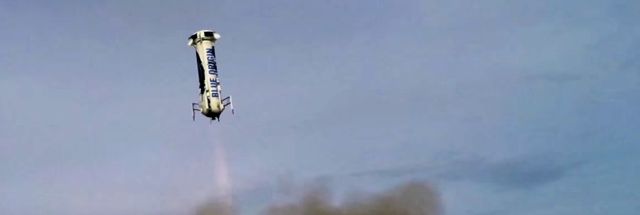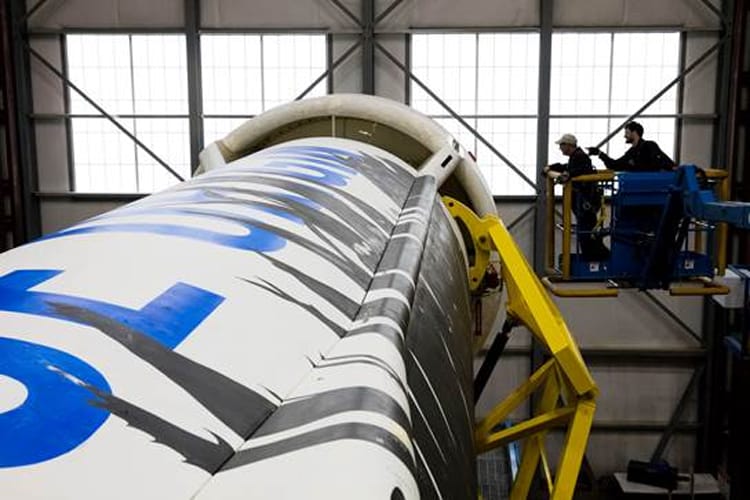


Space X, on the other hand, is in the exploration-and government contracting-business. The video for Blue Origin above is essentially a tourism video, advertising the company’s future four-minutes-in-space attraction. In fact, the craft has already helped to place NASA and NOAA’s DSCOVR satellite at the first Lagrangian point, a deep-space location far beyond the moon.ĭespite being in the same race, the two companies are ultimately in very different businesses. (The pod returned to Earth via parachute.) Musk’s Falcon 9, on the other hand, seeks to place satellites and humans into low-Earth orbit and beyond. Instead it merely departed the atmosphere and deposited its uncrewed pod at the edge of space for four minutes. Musk is drawing an important distinction. Getting to space needs ~Mach 3, but GTO orbit requires ~Mach 30. But Falcon 9 rockets failed to complete vertical landings in February and April of this year, and one exploded shortly after launch in June.Īfter Blue Shepard’s announcement, Musk congratulated Bezos on Twitter: Unlike Blue Shepard, which lands upright on land, Space X’s Falcon 9 rocket is meant to rendezvous with a “drone barge” in the middle of the ocean. But Blue Shepard and vehicles like it return to Earth vertically, in the same orientation as how they launched, a task known in the industry as “VTOL” or “vertical take-off and landing.”īlue Shepard’s flight ends a de facto private space-race between two companies founded by victors of the ‘90s tech boom: Bezos’s Blue Origin and Space X, the aerospace firm owned by Elon Musk. Even the Space Shuttle, which returned to the ground intact and on its own power, required semi-disposable rockets to get it to flight: Its solid rocket boosters fell off during take-off and required months of refurbishment to be usable again. The company did not respond to queries about which rocket would fly next and whether people would be onboard.Previously, rockets that propelled payloads to space were destroyed or lost in the process. It has some modifications from Booster 3 to qualify it as a human-rated rocket.īlue Origin could choose to fly a crewed mission on Booster 4, an uncrewed test flight on the rocket, or debut a new booster with modifications made as a result of learnings from the New Shepard-23 accident investigation. During its own landing, the BE-3’s crucial attributeits ability to throttlewas on full.

The company has used its newest rocket, Booster 4, exclusively for human launches. The crew aboard New Shepard, Blue Origin’s reusable rocketcompany founder Jeff Bezos. Wells capsule was flying science missions on Booster 3, and the newer RSS First Step was flying crewed missions on Booster 4.īooster 3, which launched the failed mission in September, was the company's oldest operational rocket, making its debut in December 2017. At the time of the accident, Blue Origin was flying two different New Shepard systems.

#Blue origin rocket landing license#
"As a matter of course, we submit rolling FCC license requests to ensure we have continuous coverage for launches," the spokesperson said.Īnother question is whether this will be an uncrewed or a crewed mission. However, a spokesperson for the company said not too much should be read into this date, as it is not tied to a specific launch. To date, Blue Origin has said nothing publicly about the failure, its investigations, or the next steps.īased on an application filed with the Federal Communications Commission last week, it appeared that Blue Origin might be targeting a time period from April 1 to June 1 of this year for its next New Shepard flight. This has continued with the New Shepard-23 investigation. Bezos almost never speaks with space journalists about the company's activities. Founded by Jeff Bezos more than two decades ago, Blue Origin has largely been non-transparent in its activities during its existence, only rarely offering glimpses of its work through carefully choreographed public relations campaigns.


 0 kommentar(er)
0 kommentar(er)
